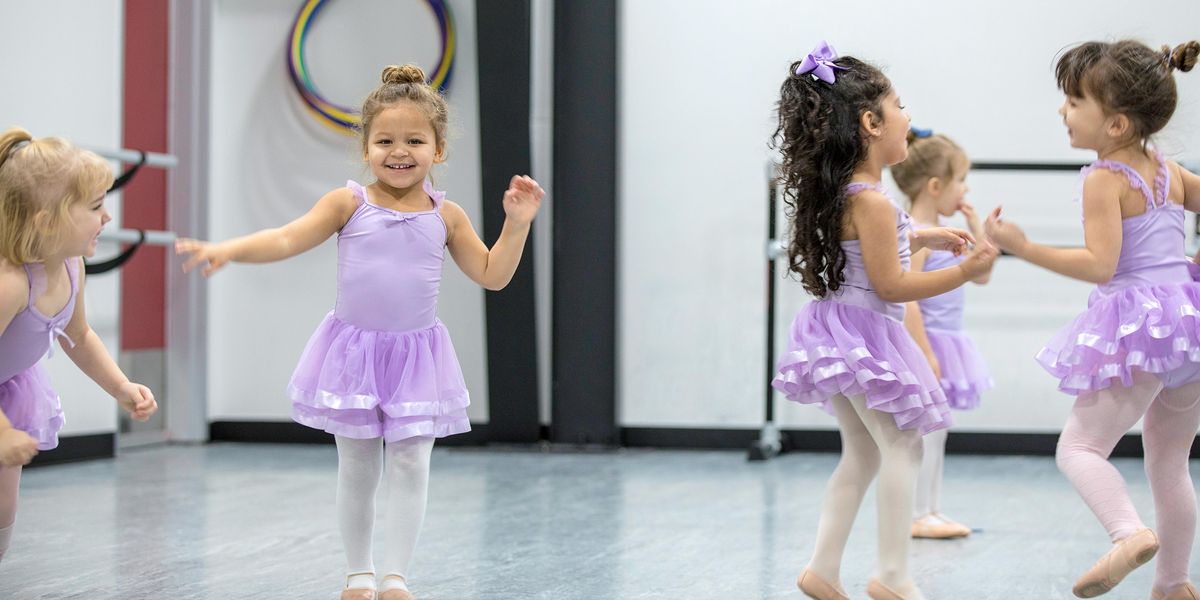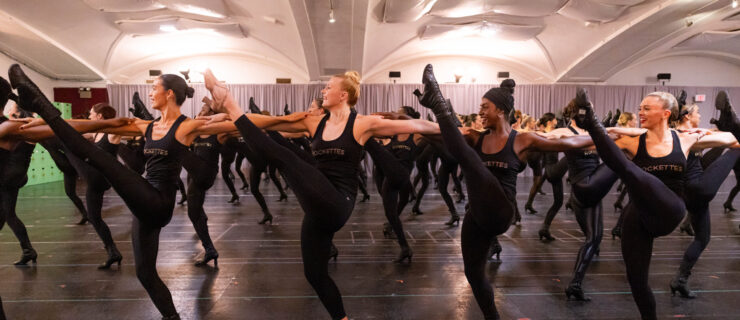There’s No Better Time Than Now to Upgrade Your Flooring: Here's How
Studio owners: The light at the end of the recital tunnel is in sight, and your summer intensive won’t start for a few weeks after that. Now is the time to tackle all those pesky studio-upkeep projects that you can’t deal with while dancers are literally underfoot. Longtime studio owners Marisa Mailhes (of Red Door Dance Academy) and Misty Lown (of Misty’s Dance Unlimited) have both relied on this timing in the past to upgrade their buildings’ dance flooring—and they’re here to show you how Stagestep Flooring helped them get it done with a minimum of stress.
A Clean Routine
No shame: Many of us weren’t cleaning studio flooring close to often enough before COVID-19 forced a collective rethink. “Prior to COVID, it really felt like a chore to get the floors clean,” Lown says. “And it can become easy to get frustrated with the performance of your floors, when actually it’s probably not a product issue—it’s a stewardship issue.” If nothing else, use this breather between spring performances and summer session to overhaul your floor-cleaning routine so that the floor can perform at its best.
It’s a common misconception that cleaning dance flooring too often will harm the surface. That’s not the case if you’re using products and procedures approved by your floor manufacturer. Stagestep Flooring alone offers a whole range of specialized cleaning products, plus multiproduct cleaning kits that include everything you’ll need. When in doubt, check your flooring company’s website for cleaning solutions (pun intended).
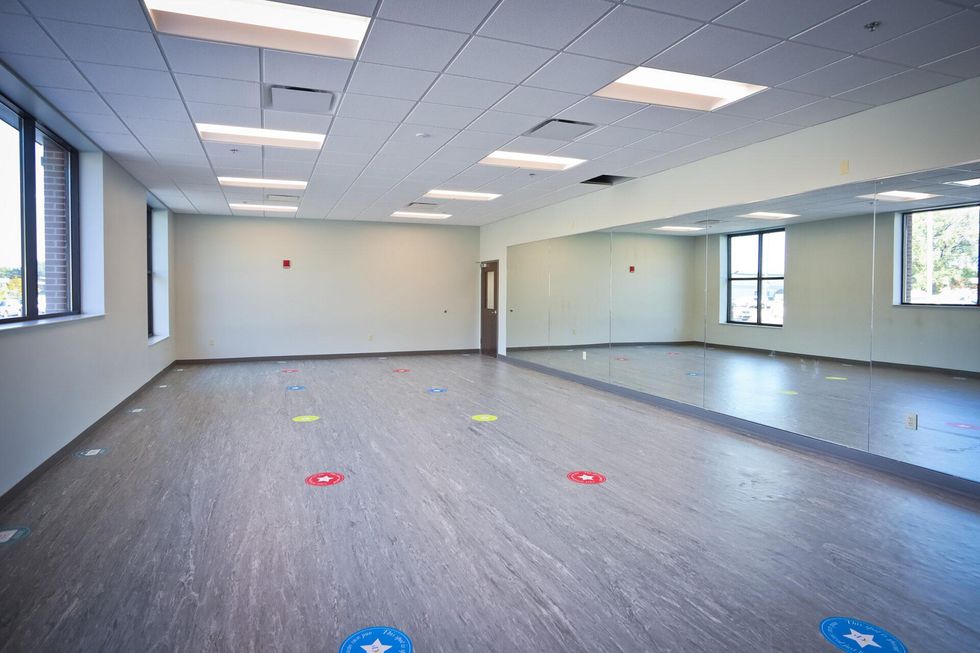
Stagestep Flooring offers a whole range of specialized cleaning products to keep your floors performing at their best.
Courtesy of Misty’s Dance Unlimited
Decisions, Decisions
There are pros and cons to every marley and subfloor option out there, depending on your particular needs. Do you want the elegant look of a permanent installation with welded seams? Or does your troupe perform often in unusual settings, meaning the flexibility of taped-down marley is more convenient? There are multipurpose floors that suit all dance genres and specialty floors for specific needs—Stagestep Flooring even has flooring that mimics wood (plus more than one real hardwood option) and super-thick, sprung flooring that can be laid directly on top of concrete.
Does all that variety sound overwhelming? “Don’t feel like you have to do all of the research yourself,” Mailhes says. “Whenever I’ve seen Stagestep at trade shows, they’re happy to talk it all through. Even when I’ve called and asked a million questions about each type of floor, they’ve laid out the options honestly and helped me hash out what the right fit is for my dancers—not just what the most expensive choice is. Tell them your space and what you use it for, and they’ll help you.”
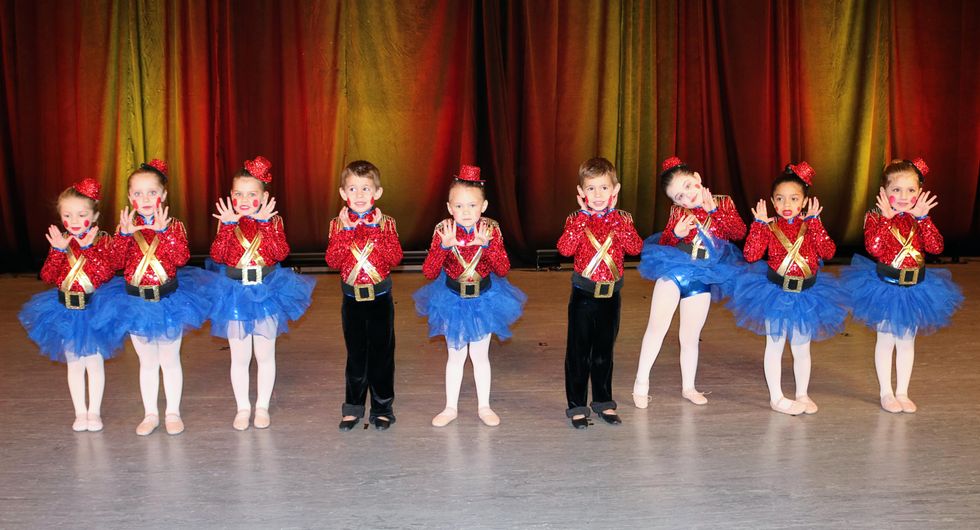
Red Door Dance Academy’s Stagestep floors are perfect for in-studio showcases.
Taylor Waters, Courtesy Red Door Dance Academy
If You Don’t Know Where to Begin
Even if you’re a total novice or in a major time crunch when it comes to your dance floors, the information and service you’ll need to upgrade your flooring game is out there. This time last year, Lown found herself about to open a second location, but in the midst of repeated pivoting due to the coronavirus, flooring and other facility needs had fallen by the wayside. “I called Stagestep and they came to the rescue,” she recalls. “The floor came ASAP, and it was beautiful.”
Mailhes has both installed her own floors DIY-style and hired professional contractors, and she says that Stagestep provided plenty of guidance (including detailed how-to videos) that eliminated much of the guesswork from the entire process. If you choose a flooring company known for its speedy and reliable customer service, that all-important foundation for classes and rehearsals will be there when you need it.
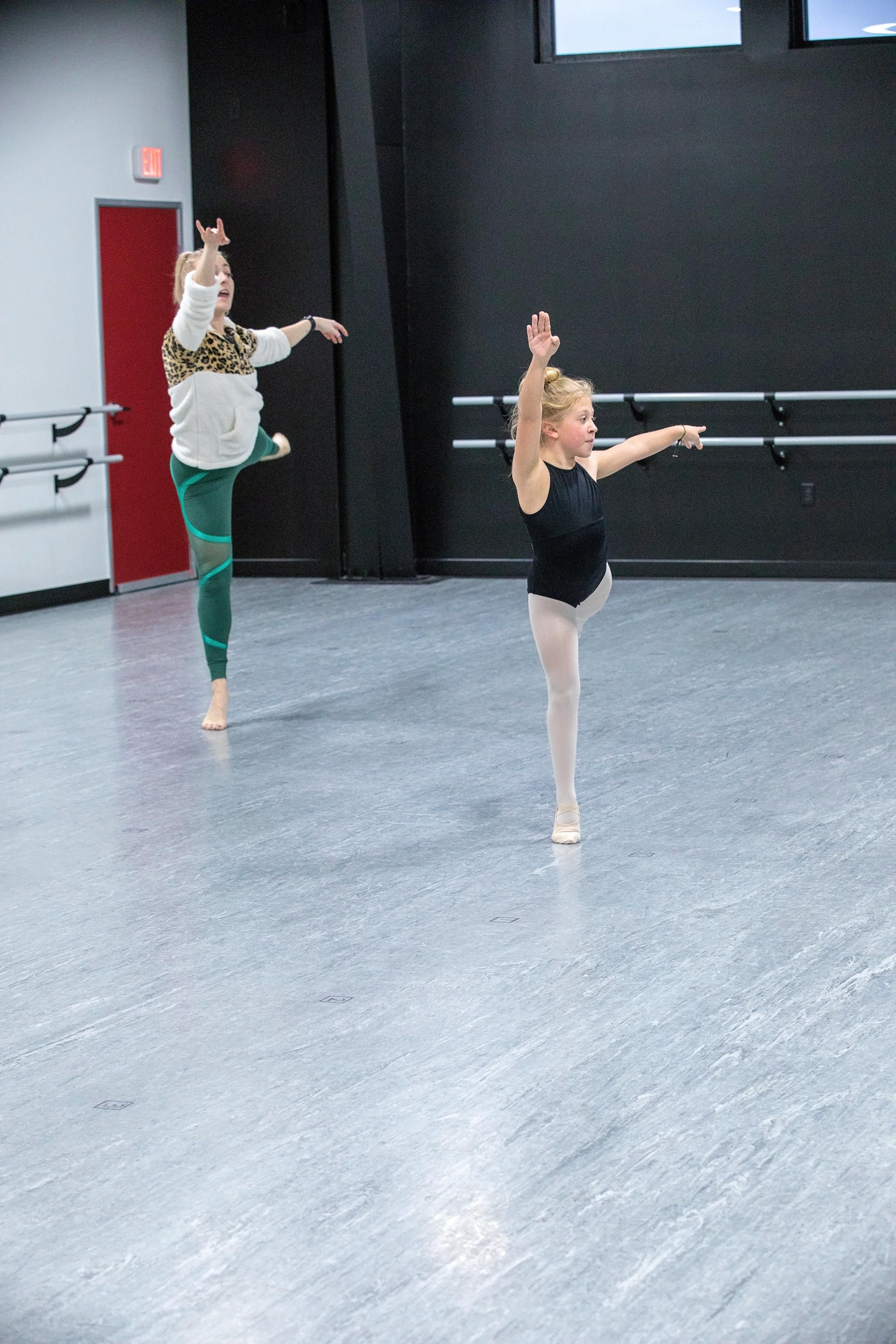
Stagestep’s customer service representatives eliminate the guesswork out of choosing the perfect floor for your needs.
Marcie Parker, Courtesy Red Door Dance Academy
Even If You Think You Don’t Need To
Flooring is obviously a huge investment, one that can pay for itself over time if taken good care of. But Lown adds that studio owners should always be setting aside funds to replace or restore existing floors, or to install flooring in a new location: “Take a dedicated percent of your revenue and set it aside for capital improvements.” That way you and your bottom line will be ready when your floors need a refresh, like the next time that this between-recital-and-summer season rolls around.
